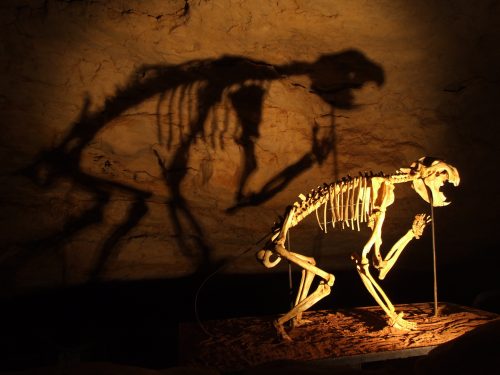When predicting the future, there is no better place to look than the past. Yale researcher Matt Davis, a postdoctoral fellow from the Department of Geology and Geophysics, did just that in his recent study on Ice Age mammal extinctions in North America and their implications on today’s extinction risks. In an unprecedented study combining data and methods from paleontology and ecology, Davis found that our ecosystem stands at a critical point.
Functional diversity describes the role and impact an animal plays in an ecosystem. Davis examined the roles of Ice Age mammals like the Shasta ground sloth and deduced that the extinction of some of these mammals did not impact functional diversity as much as previously thought due to the later introduction of European domestic animals. The missing gaps in diversity created by the extinctions were filled by animals with similar diets and body masses. However, today’s ecosystem would not be as lucky. Fewer species exist with the ability to restore roles lost in the potential extinction of endangered species such as the polar bear. Now, the stakes are higher because if we lost a mammal, we would also lose its role in the ecosystem.
Davis’ research has won him the prestigious Deevey Award from the Ecological Society of America, and he is collaborating with ecologists around the world to establish a better understanding of today’s functional diversity losses. “We won’t know what we’ve lost unless we know what we had before,” Davis said. “By understanding our past through paleontology, we’ll have a much better chance of preserving our future.”

